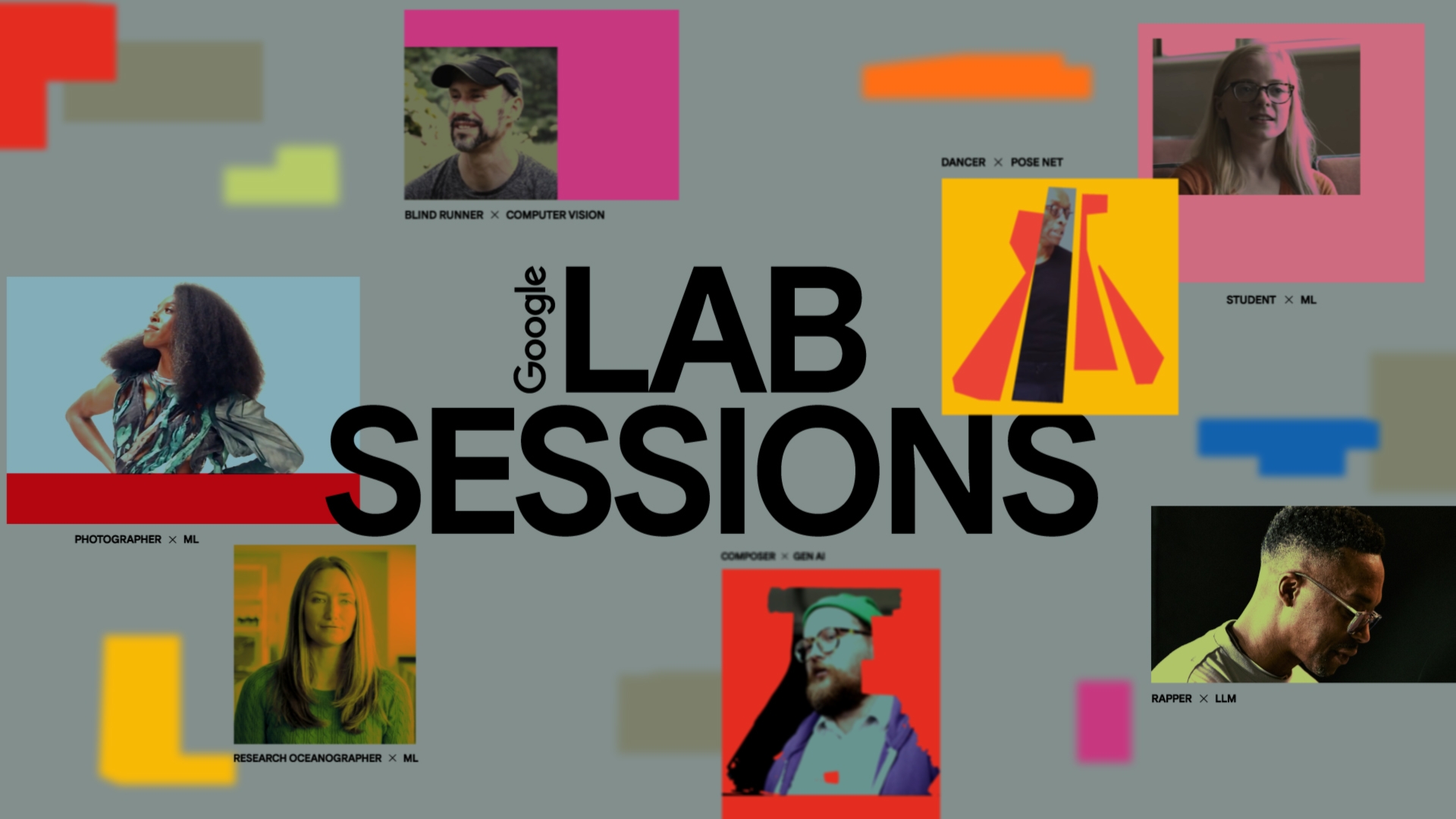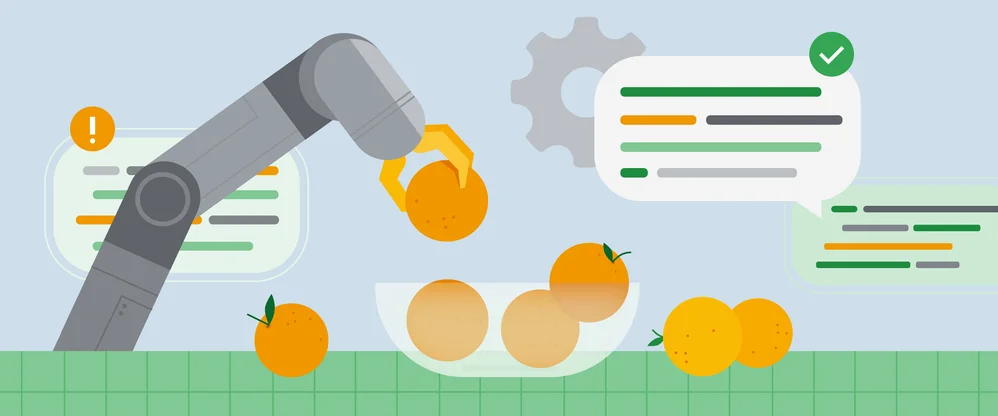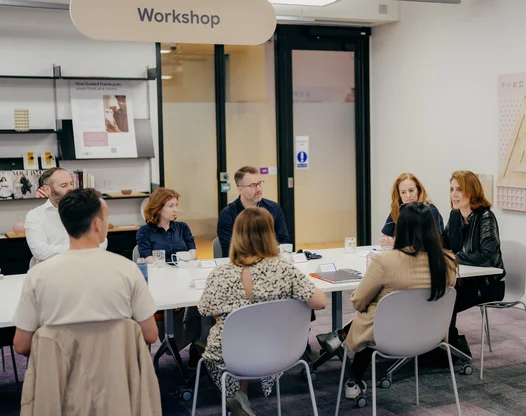Leonardo da Vinci: Inside a genius mind

Leonardo da Vinci, the master of many disciplines, transformed humanity's horizons through his art, science, and ingenuity. Today, in collaboration with 28 institutions from around the world, Google Arts & Culture unveils Inside a Genius Mind — the largest online retrospective dedicated to the genius of the Renaissance, showcasing his extraordinary codices alongside his artistic and scientific contributions.
From the stages of his life to dispelling myths, and examining his masterpieces up close, everyone can delve into Leonardo's mind as we’ve brought together for the first time 1,300 pages from his collections of volumes and notebooks. The codices, brimming sketches, ideas, and observations, offer a window into the boundless imagination of one of history's greatest polymaths. With the aid of Machine Learning and the curatorial expertise of Professor Martin Kemp, the accompanying experiment also called "Inside a Genius Mind" unravels these intriguing and sometimes mysterious materials.
5 gems from “Inside a Genius Mind”
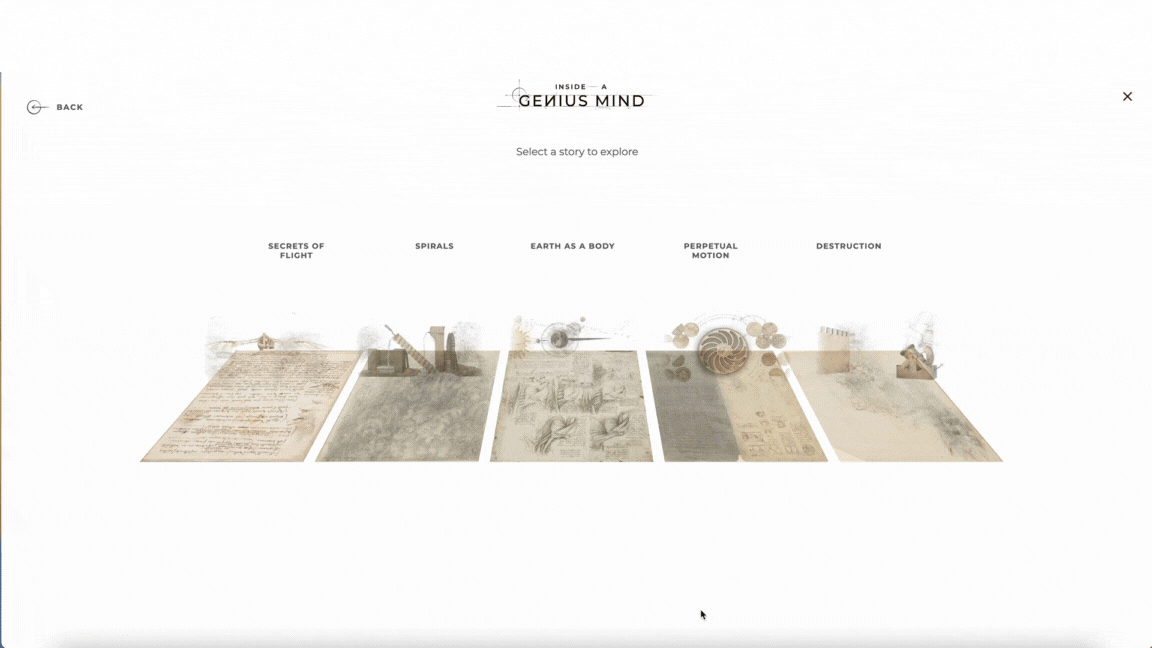
Explore Leonardo’s world of codices interactively, with an Experiment curated by Martin Kemp and powered by Machine Learning
Mapping the mind of a polymath
Leonardo’s codices capture the essence of his insatiable curiosity and unrivaled creativity. For example, the Codex Atlanticus, encompassing his life's work, presents the mythic pursuit of flight and a cover letter showcasing his multifaceted skills. Meanwhile, the Codex Arundel, preserved by the British Library, reveals Leonardo's final genius-filled creations, including a seemingly mundane comment about his cooling soup — an intimate glimpse into the artist's everyday existence.
Discover more by delving into these treasured collections through "Inside the Genius Mind", which in the words of Professor Martin Kemp, “transforms the diverse contents of the Codices into an interactive visual journey, engaging audiences with a powerful tool to learn more about the complexities and connections that run throughout Leonardo’s genius, rendering clear what seems obscure. The aim is to let Leonardo speak to us visually over the span of 500 years.”
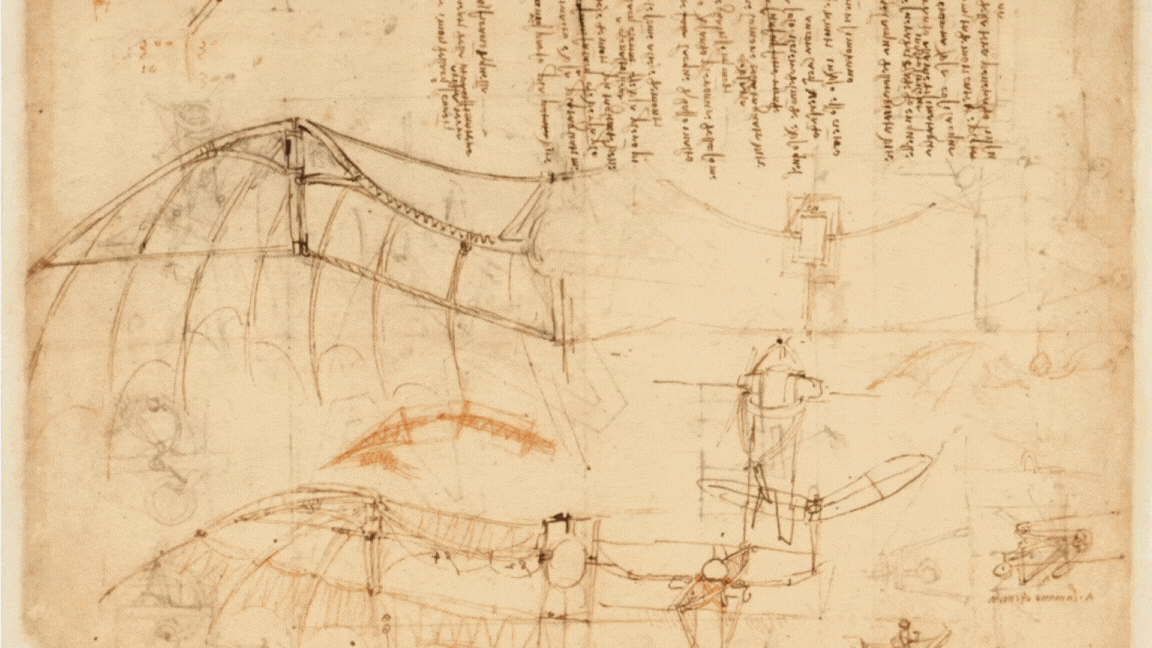
3D models bring to life the inventions straight out of Leonardo’s sketches
Leonardo the inventor
The mind traveled faster than the man: while working at the courts of noblemen, Leonardo came up with different inventions for hydraulic or military engineering. Most machines were never built due to the technical progress available at the time, but proved modern and imaginative. See the sketch of the glider and a 3D rendition testimony of Leonardo’s dream to fly.
The National Museum of Science and Technology in Milan hosts a collection of 170 machines and 3D models by the Master.

Three quarters portrait of a Renaissance young dame, looking serious at an undefined point outside the painting
Leonardo's Masterpieces United
Leonardo da Vinci's scattered masterpieces converge for the first time, transcending the confines of the individual galleries that preserve them.
Everyone can zoom into the only Leonardo painting treasured in North America at the National Gallery of Art, Washington: the portrait of Ginevra de' Benci, which preempts the composition and style of the Mona Lisa. Leonardo's portraits uniquely embody the essence of the human spirit like no other works: from the Scapiliata in Parma, to the Portrait of a Musician in Milan and the Lady with the Ermine in Krakow. Amidst them, Leonardo's profound self-portrait at 65 stands alone—a face marked by wisdom, a long beard, and introspective lines.
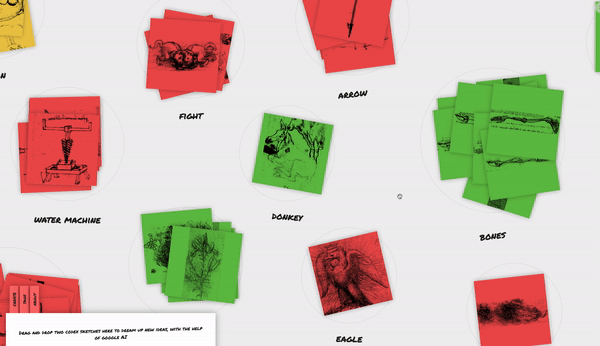
A whiteboard with colored sticky notes present sketches by Leonardo da Vinci
Da Vinci Stickies
Combine Da Vinci’s sketches to generate new wacky ideas with the help of Google AI Image generation Research.
Da Vinci was a curious and prolific sketcher, observing and building connections between natural elements, science and technology in his codex sketches.
Unleash your inner da Vinci in a 21st century style creative session - combining his codices with a digital whiteboard, stickies and generative AI.

A view of Vinci, in Tuscany, where Leonardo was born and got his famous moniker
From Vinci to Amboise
Where Leonardo was born, lived and died: with Street View, you can step into the places that marked stages of Leonardo’s life: from his hometown Vinci, to the Sforza Castle which he decorated in Milan, moving over to France in the Loire at Chateau D’Amboise.
Continue exploring all things Leonardo da Vinci online or on the Google Arts & Culture app for Android and iOS.

